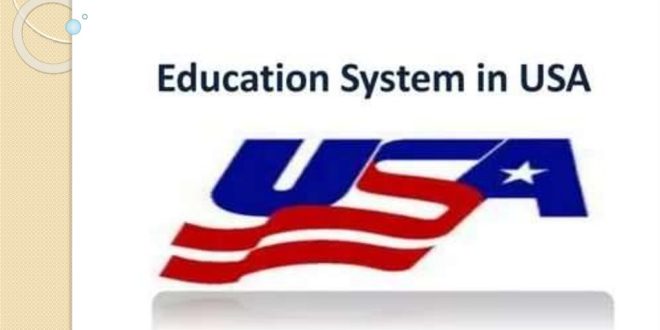The United States prides itself on being a land of possibility, and its schooling device regularly appeared as a cornerstone of that promise. However, navigating the intricacies of the American faculty gadget may be a frightening project for newbies and natives alike. How is the school system in the USA? From kindergarten to high school, and past into better training, the gadget is great, severe, and now and then complicated.
Early Education: Kindergarten and Elementary School
How is the school system in The USA? For many youngsters in the United States, formal training starts with kindergarten, usually at the age of 5 or six. Kindergarten serves as an introduction to the faculty surroundings, focusing on basic talents along with letter recognition, numbers, and social interaction.
Following kindergarten, students progress through elementary school, which typically spans from first to 5th or 6th grade, depending on the country. During that early life, emphasis is placed on foundational competencies together with studying, writing, arithmetic, and technology. Elementary schools often contain a variety of coaching techniques to house numerous knowledge of styles and competencies.

Middle School: Transitioning Years
After fundamental faculty, students enter middle college or junior high school, which normally covers grades six through 8 or seven through nine, relying on the local faculty district. Middle faculty marks a transitional length characterized by accelerated academic rigor and social development. Students begin to explore a much wider range of subjects, which include records, geography, and foreign languages, whilst additionally navigating the challenges of childhood.
High School: Preparing for the Future
The high school encompasses grades 9 through twelve and is a critical degree in making ready college students for university or the workforce. The curriculum will become greater specialized, with college students having the opportunity to pick out optionally available guides based on their interests and professional dreams. In addition to center subjects, excessive faculties offer advanced placement (AP) courses, honors classes, and vocational packages to cater to various academic desires.
Extracurricular sports play a massive position in the excessive college experience, imparting possibilities for students to increase management abilities, pursue pursuits, and build friendships. Sports teams, clubs, and acting arts applications are a critical part of many excessive faculties, fostering teamwork and creativity outside the school room.
Challenges and Disparities
Despite its strengths, the American college gadget faces numerous stressful conditions and disparities. Educational investment varies significantly between faculty districts, mainly because of disparities in property, facilities, and trainer salaries. Low-profits businesses and minority college students often undergo the brunt of these disparities, going through obstacles to educational achievement in conjunction with insufficient infrastructure and restricted right of entry to academic opportunities.
Furthermore, standardized checking out has been a source of controversy within the American training machine. Critics argue that immoderate emphasis on standardized checks can narrow the curriculum, stifle creativity, and perpetuate inequality by way of favoring university college students from privileged backgrounds.

Higher Education: Pathways to Success
Beyond excessive faculty, the American training machine offers a large number of pathways to better schooling and expert advancement. Colleges and universities all through the country offer numerous educational programs, beginning from liberal arts to STEM fields, catering to a huge form of pursuits and aspirations.
However, getting the proper entry to better training isn’t usually equitable, with rising schooling charges and financial barriers hindering many college students, specifically those from marginalized backgrounds. Scholarships, offers, and financially useful resource applications aim to mitigate the barriers, however, systemic inequalities persist.
Conclusion
The American college machine is a complicated tapestry woven from a myriad of establishments, rules, and practices. While it gives opportunities for increase, mastering, and self-discovery, it additionally grapples with demanding situations that encompass funding disparities, standardized checking out, and inequitable right of entry to training.
As the panorama of training continues to adapt, it’s far crucial to cope with these challenges and work toward developing a greater equitable and inclusive gadget that empowers all students to reach their complete capability. By investing in sources, supporting instructors, and prioritizing instructional fairness, the USA can uphold its promise of imparting an international-magnificence education for all.
 Latest Blogger Every Day Blogging
Latest Blogger Every Day Blogging



